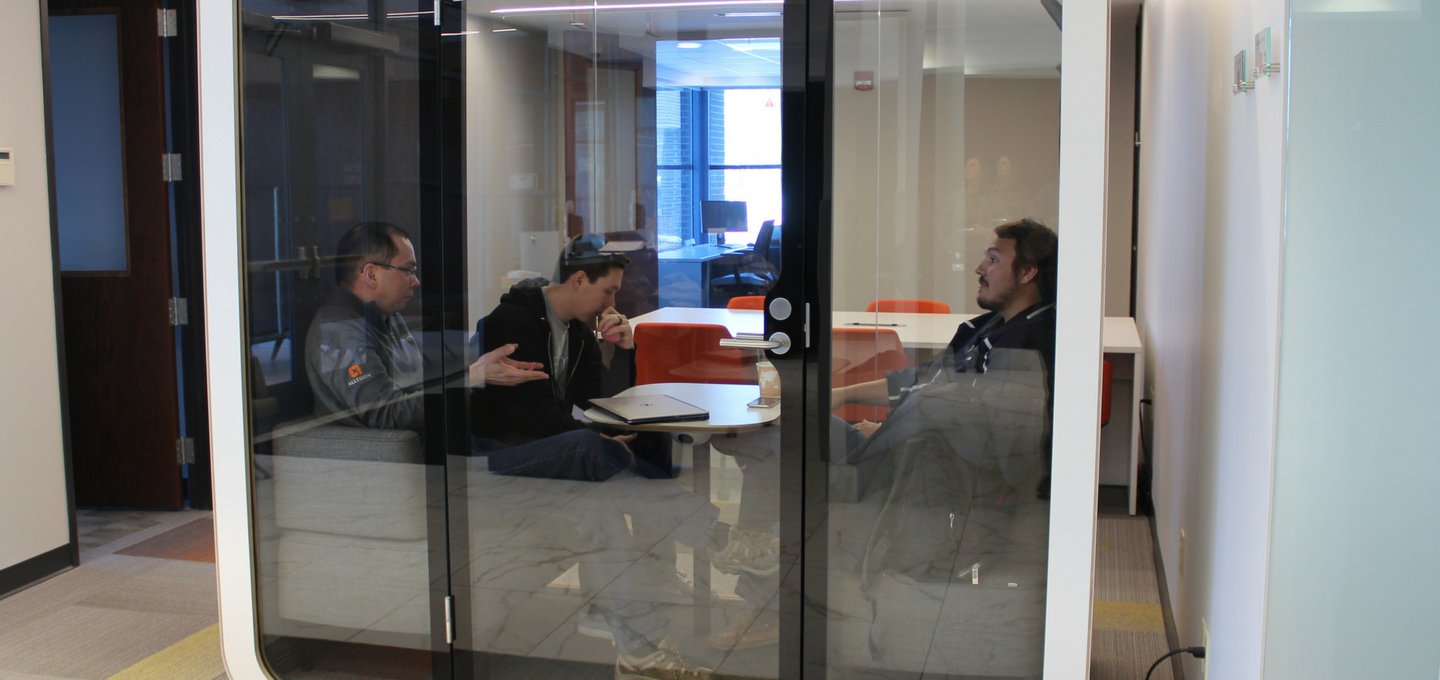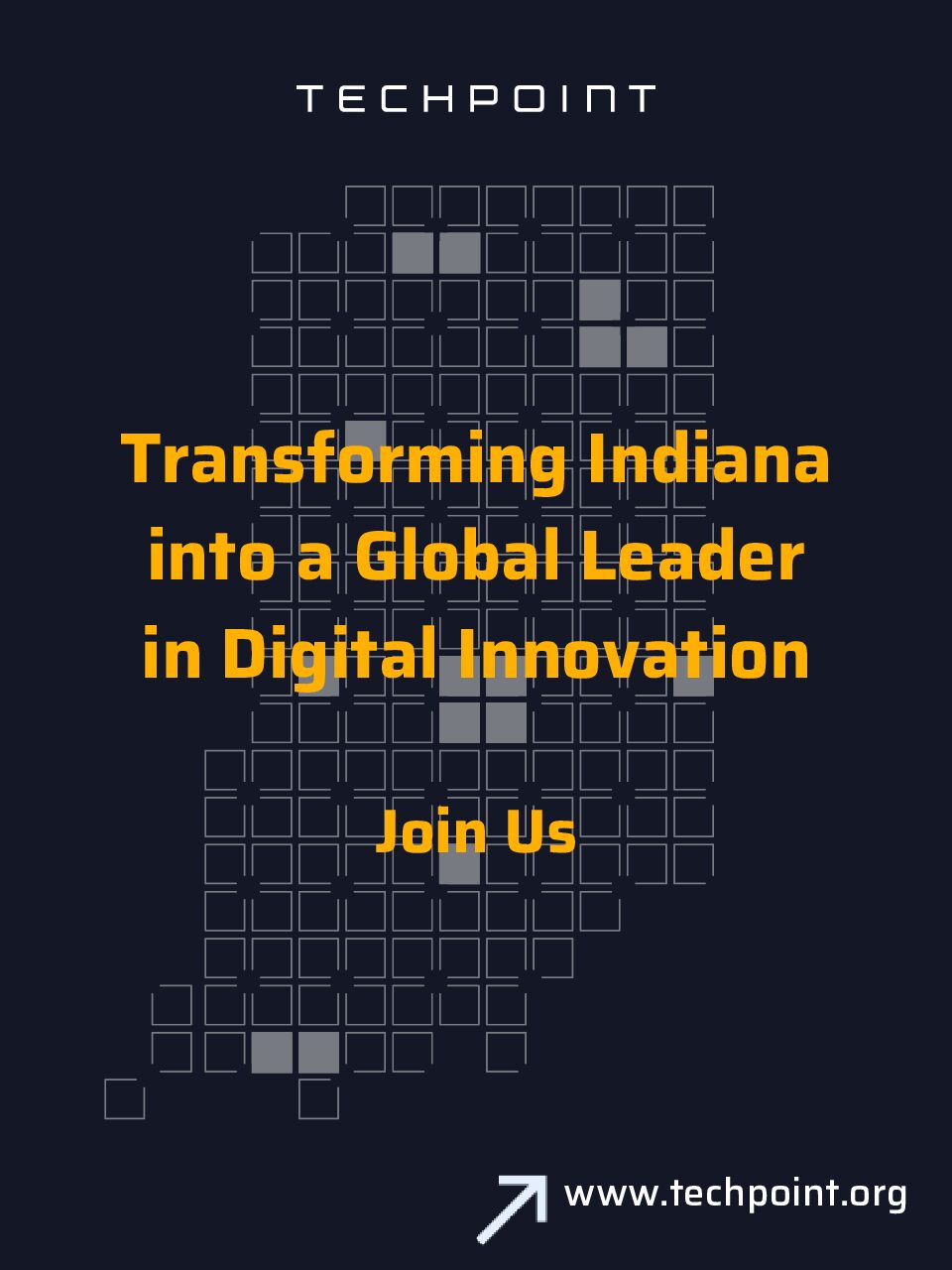Finding 10,000 ways that won’t work: part one
This is part three of a four-part innovation series by Allegion’s Director of Global Software Services Matt O’Dell. In this part, Matt returns to the source of inspiration for “the compass, then the map” philosophy to explore the relevance of innovation to our tech community and how companies like Allegion can incorporate “permission-less innovation” into their project teams. Revisit part one and part two of this series.
Recently, I mentioned how Joi Ito’s Ted talk Want to innovate? Become a “now-ist” was my inspiration for “the compass, then the map” philosophy. Now, I want to come back to his topic and spend a little more time on its relevance to our technology community.
Old Innovation vs. New Innovation
Specifically, Ito talks about the “old” way of innovation – the way new ideas came to prominence in the hundred years before the Age of the Internet. This had three sequential steps: Get an MBA to write a business plan; get the money; and then hire the engineers and designers to build it.

But, in the last decade, we’ve evolved. As Ito puts it, “What happened after the Internet was the cost of innovation went down so much because the cost of collaboration, the cost of distribution, the cost of communication and Moore’s Law made it so that the cost of trying a new thing became nearly zero. And, so, you would have Google, Facebook, Yahoo, students that didn’t have permission — “permission-less innovation.”

It didn’t happen all at once but we’ve now evolved into the era of the new way of innovation: Just build it; then go get the money; and, finally, maybe hire some MBAs to figure out a business plan.
And this process works as well for intrapreneurs as it does for entrepreneurs.
Think about it. With Google, we have more information than the world has ever known literally at our fingertips. In our connected world, it’s easier to find both collaborators and customers, and they’re often eager to help. And, with services like Azure, AWS and other SaaS platforms, the cost of infrastructure for an experiment is a trivial expense.
But this isn’t just a software thing. As Ito explains, “So, instead of starting little websites like the kids in Palo Alto do, the kids in Shenzhen make new cell phones. What they do is, they make a cell phone, go down to the stall, they sell some, they look at the other kids’ stuff, go up, make a couple thousand more, go down. Doesn’t this sound like a software thing? It sounds like agile software development, A/B testing and iteration, and what we thought you could only do with software, kids in Shenzhen are doing this in hardware.”
Kids in Shenzhen are proving that “permission-less innovation” can work just as well for hardware as it does for software.
Now who can think of a company that plays in both hardware and software? Apple? True, but try to think a little closer to home. Edwin the Duck? Certainly. But this also applies to Allegion and countless other companies in Indiana.
What do we want to do?
The problem is…we still do our projects the old way! “What do I want to do this year? Hmm, probably need a hundred thousand for that. Let’s get the funding approved and spin up a project team. Hope we can get started by the third quarter before budgets get frozen.” Budget and resources are our permission. Those things are what tell us what the company wants us to do. It’s a mindset so ingrained in our psyche as we wait for permission to innovate.
Budget and resources are our permission, and there’s nothing wrong with fiscally responsible allocation…to an extent. We are experts in our fields, but the world is changing. We survive – or, in some cases, excel – when we experiment and learn. We don’t do that when we’re waiting for permission.
Remember, the cost of trying something new is essentially zero. Permission-less innovation.
Next time, I’ll explore how Allegion’s leaders have challenged us to apply this principle on our jobs.
Discover more about Allegion’s work and people in their featured company profile.




